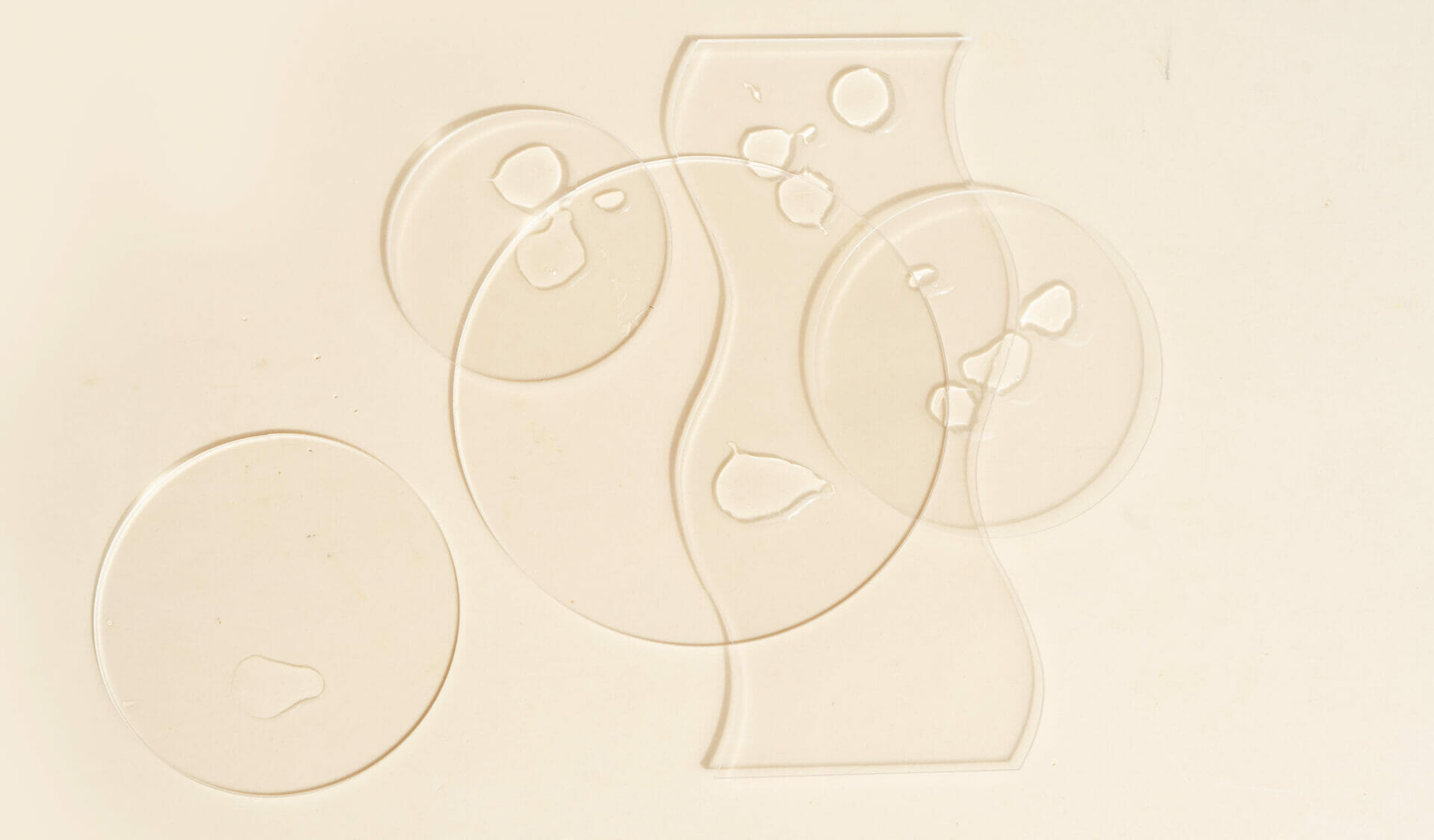Microcrystalline waxes are a type of wax produced by de-oiling petrolatum, as part of the petroleum refining process. In contrast to the more familiar paraffin wax which contains mostly unbranched alkanes, microcrystalline wax contains a higher percentage of isoparaffinic (branched) hydrocarbons and naphthenic hydrocarbons.
Microcrystalline wax is characterized by the fineness of its crystals in contrast to the larger crystal of paraffin wax. It is generally darker, more viscous, denser, tackier and more elastic than paraffin waxes, and has a higher molecular weight and melting point. Typical microcrystalline wax crystal structure is small and thin, making it more flexible than paraffin wax.
Microcrystalline wax is often used in industries such as the tire and rubber, candles, adhesives, corrugated board, cosmetics, castings, and a host of others.
Microcrystalline waxes have considerable application in the custom making of jewelry and small sculptures. Different formulations produce waxes from those soft enough to be molded by hand to those hard enough to be carved with rotary tools.
Microcrystalline wax is often used in sports, specifically in ice hockey and snowboarding. It is applied to the friction tape of a ice hockey stick to prevent degradation of the tape due to water destroying the glue on the tape and also to increase control of the hockey puck due to the waxes’ adhesive quality. It is also applied to the underside of snowboards to reduce friction and increase the gliding ability of the board, making it easier to control and diminishing the fatigue of the rider.

